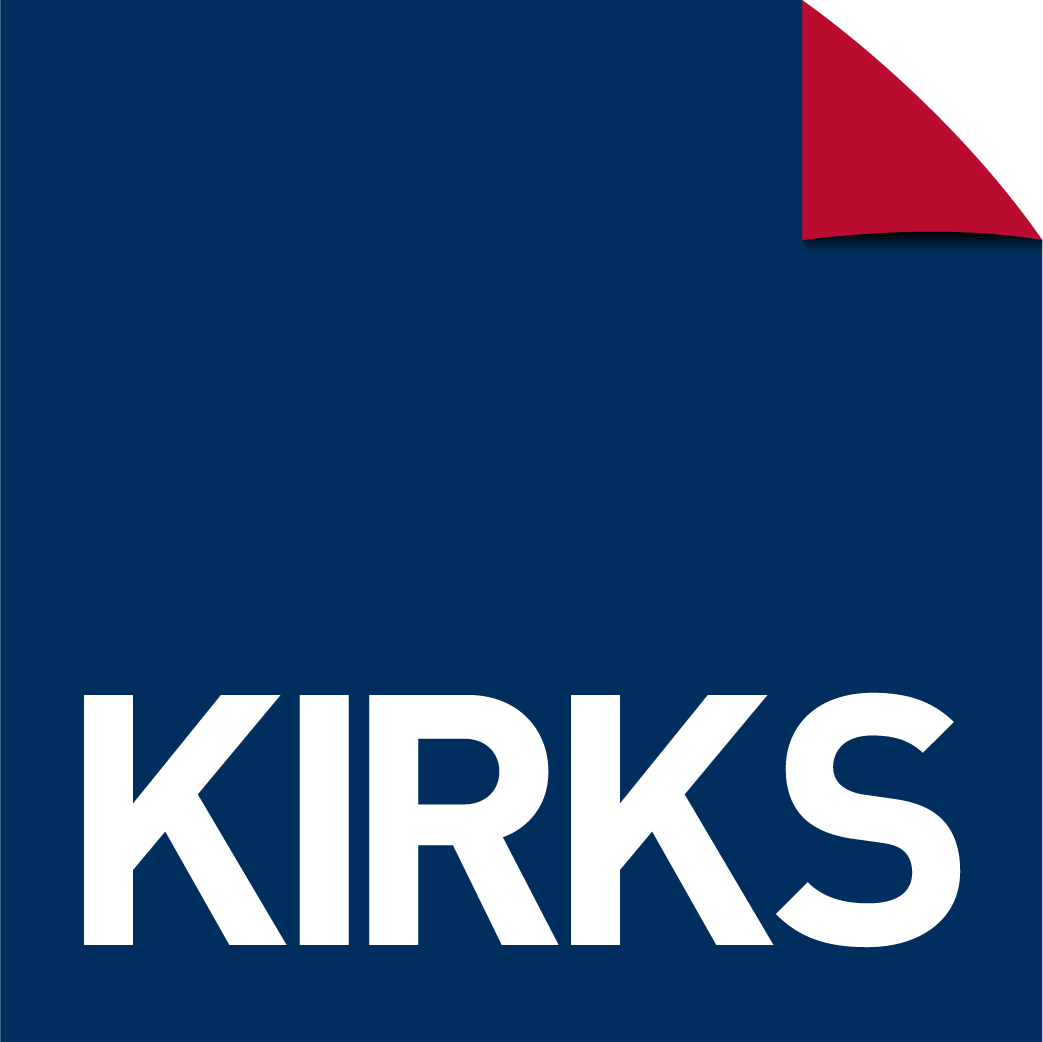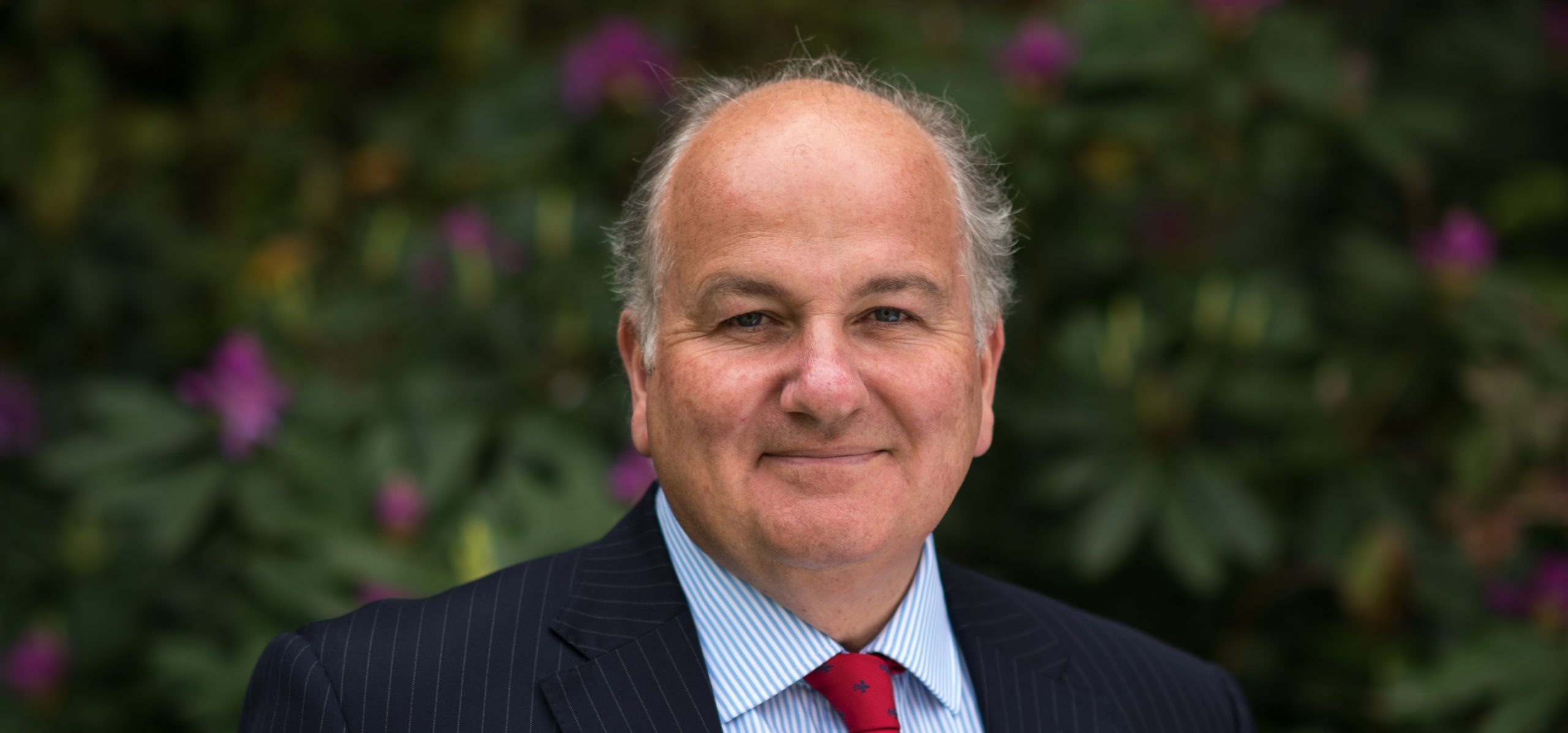The quick answer
The liquidation of a company may be the best option for an insolvent business that can no longer continue to trade profitably. Liquidation is a commonly used procedure with thousands being completed every year. You can read our very quick guide below, or continue reading for more detailed information on the processes involved.
- A majority of the directors decide to liquidate first at a board meeting.
- Then the shareholders meet and decide. You need 75% of shareholders to agree (only the ones that vote count).
- Then the creditors meet and decide usually immediately after the shareholders.
- It can take between 7 and 14 days to get into liquidation.
- Once in liquidation, the director’s control of the company ends and the liquidator takes over on all matters.
In more detail
In the UK, a Creditor’s Voluntary Liquidation (“CVL”) usually takes between 7 and 14 days. Confusingly, a CVL actually means the directors decide to liquidate as the creditors only decide later after that and after shareholders have agreed as well.
Creditors are entitled to at least 7 days’ notice and shareholders are entitled to 14 days’ notice. However, if 90% of the shareholders agree in writing to short notice then you can call the shareholders meeting sooner than 14 days and normally you choose the same day as the creditors virtual meeting (or deemed consent meeting – which means no meeting at all).
Since April 2017 creditors no longer need to have a physical meeting (because creditors rarely turn up) so now have a virtual meeting – attended by video or telephone to make it easier. Directors don’t even need to have the meeting at all if the directors choose ‘deemed consent’.
Deemed consent means if the day of liquidation passes without objection then the company is in liquidation.
If enough creditors request a physical meeting then one should be held. I recently held a creditors meeting that was requested – but held it by Zoom (during the virus lock down) with about 40 creditors attending.
THE LIQUIDATION PROCEDURE (CALLED A CREDITOR’S VOLUNTARY LIQUIDATION) IS AS FOLLOWS:
Before the creditors and shareholders find out
- A Licensed Insolvency Practitioner like us discusses with the directors whether liquidation is the best option. We make this assessment by considering the total creditors, assets, ongoing profitability (or not) and whether or not the directors want to carry on.
- A director’s board meeting is then held to consider the liquidation. A majority of the directors must agree to decide on liquidation. We prepare the paperwork for the board resolutions. At this stage a decision needs to be made if there will be a virtual creditors meeting or none at all (called deemed consent).
- We, as the Insolvency Practitioners prepare all of the paperwork including the statutory notices to creditors and shareholders which the director (nominated as chairman) must sign.
After this point creditors and shareholders are informed of the impending liquidation
- These notices will have the date and venue of the shareholders meeting (held first) then the creditors virtual meeting (held second).
- The Insolvency Practitioner posts or emails out these notices to all of the creditors and shareholders.
- In the meantime, normally the company and business will be closed down. This means staff are laid off (see just below) and the company premises are closed down and secured. An auctioneer may be called in to remove assets.
- Staff are made redundant and given their employee claim forms. They can make a claim from the UK Government for unpaid wages, holiday pay, notice pay and redundancy.
- The Insolvency Practitioner helps the directors to prepare a report to creditors (called a ‘SIP 6 report’ after Statement of Insolvency Practice 6) which includes; a list of all creditors, shareholders, assets and liabilities, annual accounts summary and a business history. This report can be published online three business days before the creditors meeting or posted out to creditors.
- A statement of affairs has to be posted out to creditors three business days before the virtual or deemed meeting so it arrives a business day before the meeting. This is a summary of the assets, liabilities, expected recoveries and likely shortfall to creditors because of the insolvency.
- If creditors want a physical meeting, so that they can question the directors, then they can ask for one. The requirement to insist on a physical meeting is either:
- 10% of all creditors by value ask for it.
- Just 10 creditors.
- Or 10% of all creditors by number (so for example if there are 30 creditors then at least 3 = 10%).
The shareholders’ meeting is then held on the agreed date and resolutions passed to put the company into liquidation. Only those shareholders who attend to vote (or vote by post called a proxy vote) count for the vote. At least 75% of shareholders need to pass the resolution. Sometimes the company Articles (the rules of the company) mean at least two shareholders are needed to vote to make a quorum.
Then the creditors’ virtual meeting is held or the deemed consent meeting (where there is no creditors meeting at all). At this virtual meeting a director will be chairman and answer any reasonable questions from creditors by telephone or video conference facilities such as Zoom. A resolution is passed agreeing to the liquidation and who will be liquidator and the basis of how they will be paid (if it’s a virtual meeting).
The company is then in liquidation.
Remember, this is the typical procedure for a creditor’s voluntary liquidation, which is usually the most popular option for an average business. Other types of liquidation, such as the Members Voluntary Liquidation, may have a slightly different process and it is always worth getting advice from a Licensed Insolvency Practitioner first.



